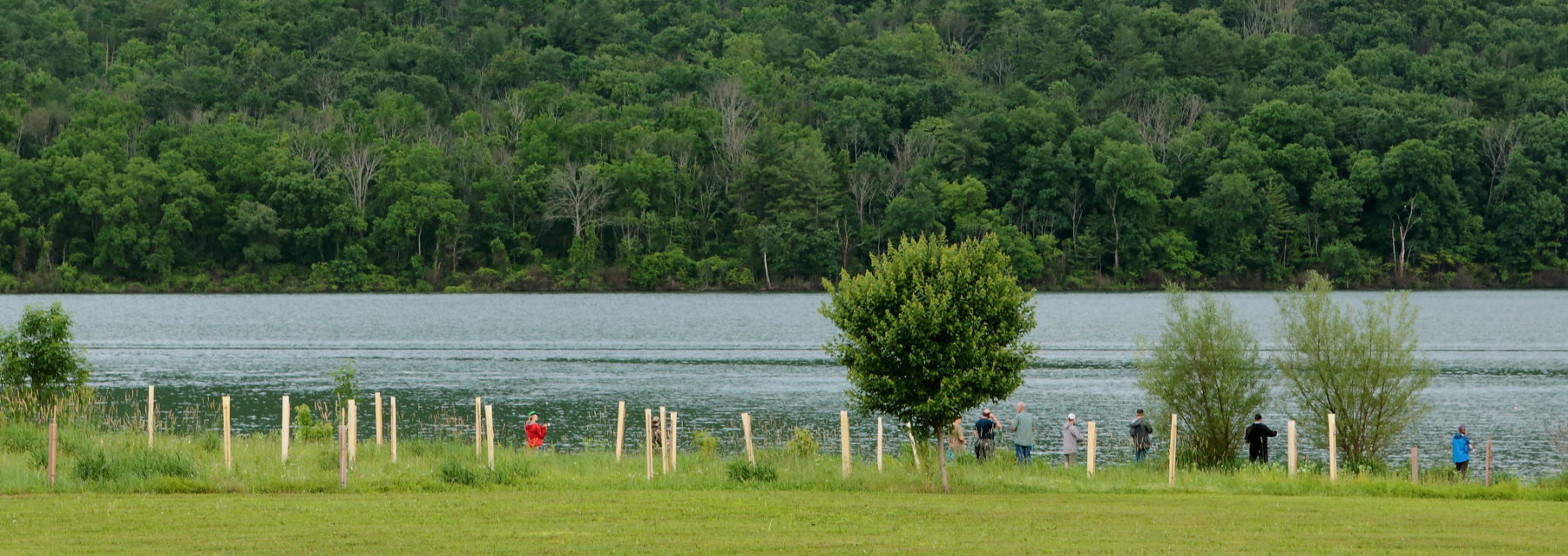Jon, a PA Drummer, wrote this piece, describing how summer fades into fall. The imagery he uses is truly inspiring, and his photographs capture the essence of the beauty of fall! Just as a relay-runner hands the baton and bobs his head at the next runner, so Summer nods to Fall. Summer is as breathy …

Posted: December 1, 2015 by Katie Cassidy
A Family Tradition
This week’s blog post is written by Tracy, who attended both PA Bucktails and PA Ursids. She writes about the strong tradition of hunting in her family, and about an exciting bear hunt she went on with her Uncle this bear season: I grew up in a family surrounded by hunting. Ever since I was …
Posted: November 24, 2015 by Katie Cassidy
Rescue Mission
Will, a PA Drummer, writes about how an average day can sometimes take a turn into an extraordinary experience – you just never know when someone (or some bird) will need your help! An average day at the pond turned into a rescue mission. Arriving at the pond my friends and I lined up and …
Posted: November 17, 2015 by Katie Cassidy
The Sacred Grove
Cole, a PA Bucktail and Monthly Youth Blog Correspondent, writes about his trip to the Delaware Water Gap – we can all take his advice about taking some time to step back and appreciate a moment with nature. This summer, I went to the Delaware Water Gap in New Jersey with my girlfriend and her …
Posted: November 10, 2015 by Katie Cassidy
As Summer Nods To Fall…
Jon, a PA Drummer, wrote this piece, describing how summer fades into fall. The imagery he uses is truly inspiring, and his photographs capture the essence of the beauty of fall! Just as a relay-runner hands the baton and bobs his head at the next runner, so Summer nods to Fall. Summer is as breathy …
Posted: November 3, 2015 by Katie Cassidy
Adansonia digitata – The Baobab, or “Upside-Down” Tree
The Baobab tree, Adansonia digitata, is native to the African Savanna, and as you can see the tree is very interesting. The Baobab is known as the “upside-down” tree, because when it is bare, which it is just before, just after, and during the African dry season (which lasts around five months) it looks like …